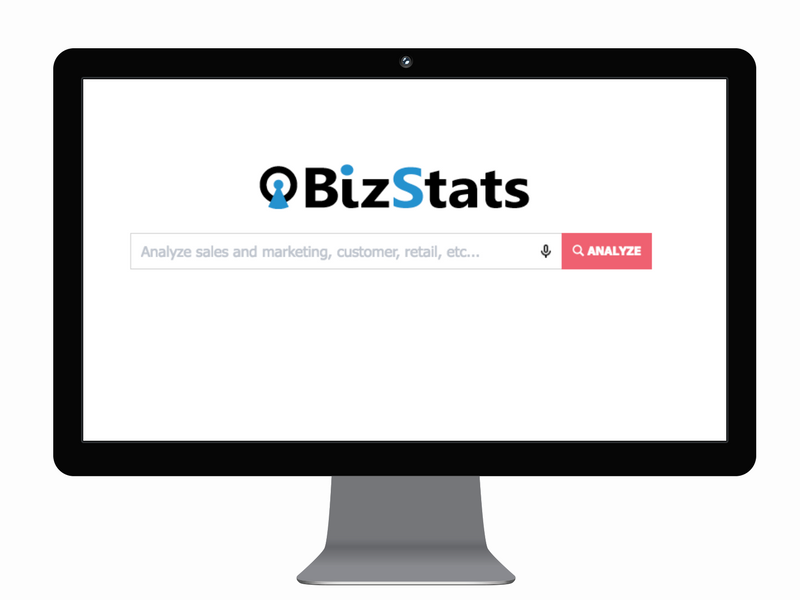 While the world is going digital, it is suffice to say brick and mortar is taking a hit. Although they continue to exist, their presence is diminished by the magnum-opus growth of digital channels. The concept of multichannel and omni-channel have been long standing, but their role in today’s world is different. Multichannel, that refers to many, defies the purpose of physical stores as opposed to omni-channels, which by definition means all channels. A typical examples of omni-channel’s omnipresence is a purchase of a technology gadget from an online portal but using physical stores for repairs and complaints. The customer is able to travel from one channel to another under the brand name. This allows the brand to stay connected with the customer at all times. Omni-channel marketing is not restricted to sales, but expands to the scope of marketing also. As consumers gravitate towards mobile phones, brands and marketers should strategize marketing plans that allows them to leverage screen time across all devices. Using cross-channel business models help companies to increase brand visibility and increase customer experience. Theoretically, it is easy for brands and consumers to leverage all communication channels for effortless communication. However, in reality, there is a loophole in the expertise and knowledge required to convert multi-channels to omni-channels. While companies conceptualise marketing ideas to present themselves across platforms, several factors should be considered for smooth expression of brand value. These factors become the pillars of support if done right, or pain-points if there is a disruption.
While the world is going digital, it is suffice to say brick and mortar is taking a hit. Although they continue to exist, their presence is diminished by the magnum-opus growth of digital channels. The concept of multichannel and omni-channel have been long standing, but their role in today’s world is different. Multichannel, that refers to many, defies the purpose of physical stores as opposed to omni-channels, which by definition means all channels. A typical examples of omni-channel’s omnipresence is a purchase of a technology gadget from an online portal but using physical stores for repairs and complaints. The customer is able to travel from one channel to another under the brand name. This allows the brand to stay connected with the customer at all times. Omni-channel marketing is not restricted to sales, but expands to the scope of marketing also. As consumers gravitate towards mobile phones, brands and marketers should strategize marketing plans that allows them to leverage screen time across all devices. Using cross-channel business models help companies to increase brand visibility and increase customer experience. Theoretically, it is easy for brands and consumers to leverage all communication channels for effortless communication. However, in reality, there is a loophole in the expertise and knowledge required to convert multi-channels to omni-channels. While companies conceptualise marketing ideas to present themselves across platforms, several factors should be considered for smooth expression of brand value. These factors become the pillars of support if done right, or pain-points if there is a disruption.
Complete integration
Often physical stores and online portals have different content, that depend on theme and audience. However, with the emergence of omni-channel, all the platforms should carry the same theme and context. The primary objective of omni-channel involves catering to audience pool as one and create a single brand voice.
Brand alignment
All communication between the brand and the consumers should be unified. From in-store communication, to online promotions. all the messaging done by the brand seem cohesive. The vital part of transforming multi-channel businesses to omni-channel is to create one brand image in the minds of the consumers.
Seamless navigation across all channels
Omni-channel truly succeeds as a successful business marketing strategy only when customers find it easy to switch between any channels that is online and offline. For example, Apple unified both its stores and online stores, thus making customers easy to navigate either of them. The service agents available online and offline offer the exact assistance, thus creating a seamless integration of communication.
Factors for omni-channel marketing
Customer behaviour analysis
The basis of all marketing activities, customer behaviour analysis allows the brand to create marketing plan that maximises retention and revenue. The first step is to conduct a customer behaviour analysis that characterises their consumption patterns, requirements, key focus points, etc. With the help of these parameters, reinventing the store or providing value added services across all channels of communication can increase brand value.
Relevant display of advertisements
A primary concept of advertisements while switching to omni-channel marketing is ‘re-approach’. With CRM (Customer Relationship Management) database, brands can retarget the customers by citing their interest in the company thus emphasising on the product or service. This approach allows the brands to influence the customer’s buying decision and help improve the customer journey.
System for real-time navigation of businesses
Since omni-channel thrives on current data, an efficient real-time navigation system is essential for the successful transfer from multichannel mode of communication to an revolutionary back-end system of information and data allows the brand to extensive study of the market and its consumers for building better brand name and image.
You can do sales channel analysis using Bizstats cloud by asking your questions. If you are not tried Bizstats yet, you can try our demo now !



